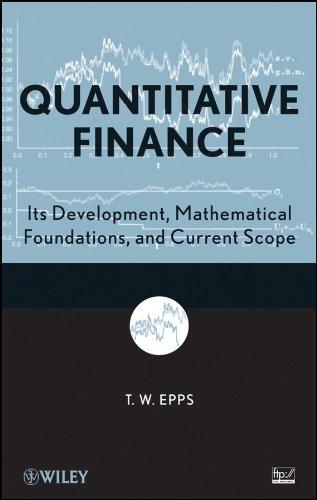

Answer the following questions, each question is worth 1 point and each sub-part carries equal weightage, if compounding frequency is not explicitly stated assume it is annual compounding: 1. Indicate if the following represent a "Cash Inflow (increase in cash/positive sign)" or a "Cash Outflow (decrease in cashegative sign)" on the cash flow statement? Very briefly explain (two lines maximum). a) Increase in inventory b) Dividends Paid c) A decrease in accounts receivables d) A decrease in accounts payable 2. Suppose you want $10,000 at the end of 4 years. You are evaluating multiple options for investment today. These are: (Hint - This is like the Frank Problem - TVM II slide 12) a) Compounding every month at a rate of 9% per year b) Compounding every week at a rate of 8.7% per year c) Compounding every day at a rate of 8.5% per year. Which of the above options requires least up-front investment? What is that amount? 3. Assume there is a security that pays you the following cashflows: (Hint this is an annuity starting year 4) 0 1 2 3 4 6 5 800 800 800 What is the amount you would be willing to pay for this security today? Assume rate of interest is 10% per year and compounding is annual. 4. How much is $100 worth 2 years from now if the annual rate of interest is 12% and compounding frequency is: (Hint: figure out the correct "m" and apply the FV, formula) a) Yearly b) 18 seconds c) 4.3 Months d) Every 4 years 5. What is the present value today of this security if the rate of interest is 10% per annuum? (Hint: Do not miss the negative signs on some of the Cashflows) 0 1 2 3 4 5 6 100 200 -300 -400 1000 1200 Page 3 of 4 6. If there is a security that triples your investment in 7 years (that is, if you invest $X today it will become $3X in year 7), what is the yearly rate implied on this investment? (Hint: this similar to Annuities and Perpetuities II - Problem on Slide 6) 7. Suppose you want to start saving a fixed amount C every year, starting t = 4 until t = 8 such that you can collect $30,000 at t = 10. What fixed amount C do you have to set aside every year, (assume that the rate of interest is 4% per year)? (Hint: this similar to TVM practice - Problem 2) 8. What is the PV today of a perpetuity that pays $15 forever starting t = 0 (assume that the rate of interest is 4% per year)? (Hint: this same as TVM practice - Problem 4)








